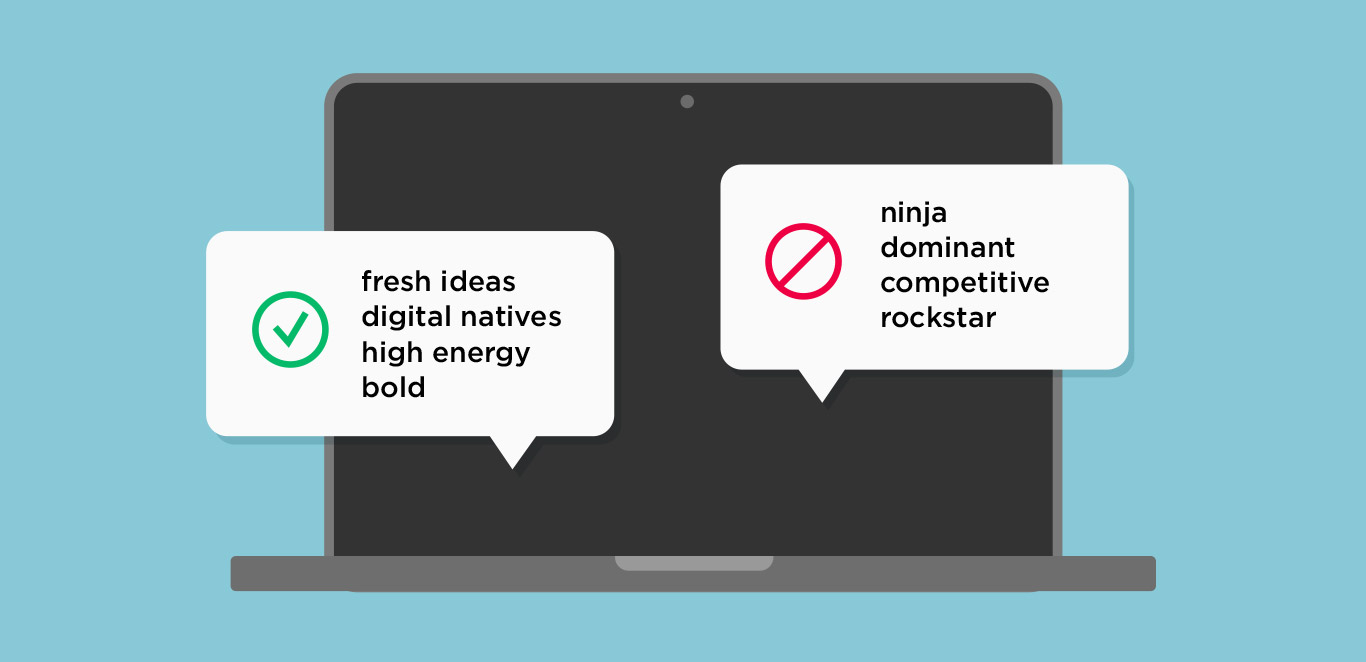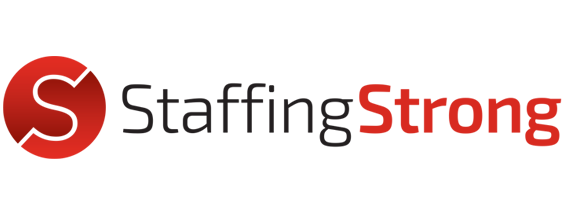
29 Apr 5 Ways to Avoid Unconscious Ageism in Your Hiring Process
What does your workforce look like? When you think about the team members from your office or remote workplace, you’ve probably already become more aware of how many people of color and women are or are not being hired since you started. Twitter and LinkedIn are overflowing with studies, Forbes op-eds, and Ted Talks on why diversity matters.
But diversity doesn’t end with gender, gender identity, color, sexuality, or ethnicity. There’s another protected class at play that’s usually out of focus when we think about empowering diversity and inclusion—professionals over the age of forty.
If almost every one of your latest hires is a recent college graduate and professionals in their twenties minimum and forties max are filling your senior management roles, you might be incorporating age discrimination in your hiring process. Ageism can impact your company’s bottom line, morale, and reputation, from online reviews to expensive and very public lawsuits and costly closed-door settlements. That’s because it’s against the law.
The Age Discrimination in Employment Act of 1967 (ADEA) prohibits employment discrimination against anyone forty years or older to prevent ageism and empower equal employment opportunities under areas of employment not covered previously in the Civil Rights Act of 1964 (Title VII).
If you are scouring your Outlook contacts or Teams chats to find an employee who looks like they might be over forty then you have a problem. Age discrimination isn’t just against the law either, it’s counterproductive. If your company isn’t hiring more seasoned professionals then you are missing out on candidates with more experience and the tendency for higher work ethics and lower turnover.
Don’t panic, make sure you are factoring these best practices into your hiring process instead:
1. Factor age into your diversity hiring plan.
According to the PWC, most employers are not including age as a consideration in their diversity and inclusion hiring strategies. If you don’t have age on your radar, it’s tough to identify and eliminate any issues. List them as a protected class and a component of building a more diverse, collaborative working environment. Your plan should also address how you accommodate older employees or job candidates.
Age diversity supports higher productivity levels and overall business performance and lower turnover. Just ask the EEOC who released a detailed report on the 50th anniversary of the Age Discrimination in Employment Act.
2. Educate your teams and hiring managers.
Your HR department probably already has your workforce nailing down an annual curriculum of compliance training. Be sure all of your training programs from leadership training to new-hire and yearly sensitivity training cover ageism in the workplace.
Seasoned professionals who can bring more experience to your business can bring a competitive edge while mixing up your company culture and feel to be more diverse and inclusive. It’s important to normalize this concept and have an active dialogue about it with your executive leadership and hiring managers.
3. Check your job descriptions for tilted language.
We know, nailing down the perfect job description can already be complicated. But did you know that the language you use can deter certain protected classes of job seekers from applying? Buzz words like ninjas, dominant, competitive, and rockstars can turn off women from applying.
When it comes to 40+ talent, make sure you aren’t using language that deters them from applying. Think about job descriptions calling for fresh ideas, digital natives, high energy, bold, adrenaline junkies. We know you’re trying to drive hype and enthusiasm, but caution your hiring managers that these descriptions can allude to age discrimination.
4. Bridge age divides with mentorship opportunities.
In addition to empowering higher workforce commitment and morale, and higher performing teams, mentorship programs can help your company bridge any age-related tensions. Not only are these mentorship opportunities an important way to help all of your employees succeed—especially women who historically have a more challenging time finding a mentor—they also let your more seasoned workers pass their knowledge and experience on to less experienced employees.
You can also leverage reverse mentoring to help strengthen bonds across teams and age groups by having younger employees mentor more senior employees on the latest social networks, podcasts, and technologies relevant to your industry or workplace.
Opening communications between generations at your company can help employees achieve more empathy and emotional intelligence while overcoming unconscious biases.
5. Bring awareness into dialogues.
You already know that you shouldn’t call employees old (or ask job applicants their age—highly illegal), but you should also be aware of other comments that promote ageism in the workplace. Even making fun of yourself with comments like “back in the day” or “this was before your time” meant in humor can cause problems.
Even when your comments are directed back at yourself, they have the potential to make others within earshot feel discriminated against based on age. Which can lead to lower morale and online reviews that turn away more seasoned professionals who are vetting out potential employers.
Let’s get connected!
At Staffing Strong, we are here to help you build an inclusive, diverse, and talented workforce that supports your culture and your company goals. Drop us a line to get started.
Meet the Author
Evelyn Vega is the Founder and President at Staffing Strong and the Past President of the Phoenix American Marketing Association. Since 1999, she’s made her career about supporting her clients in building meaningful careers and partnering with businesses in finding quality hires. In her free time, Evelyn sits on various advisory boards and enjoys practicing on her drum set!

Sorry, the comment form is closed at this time.